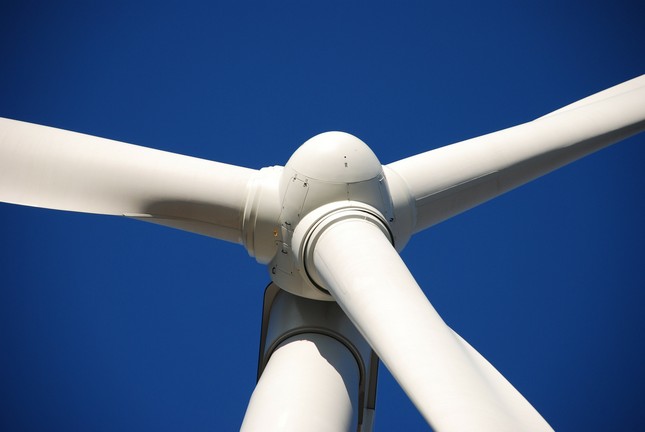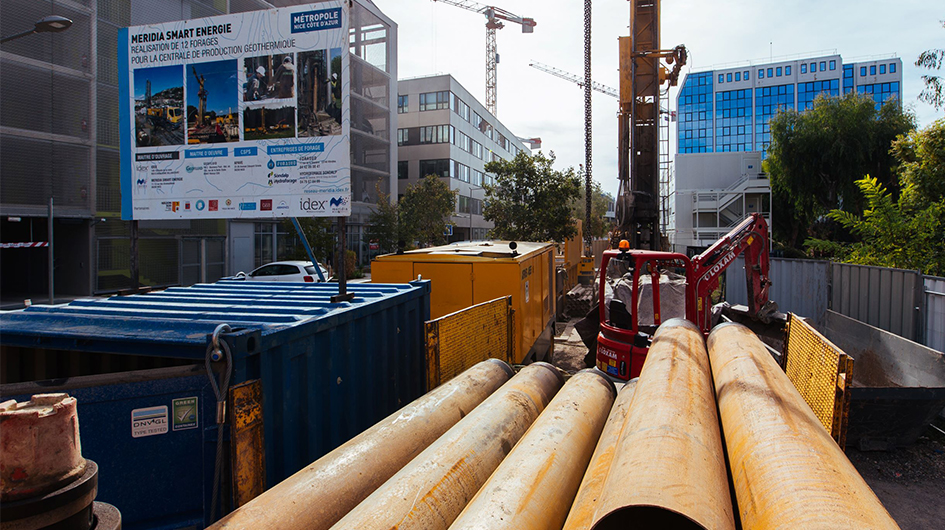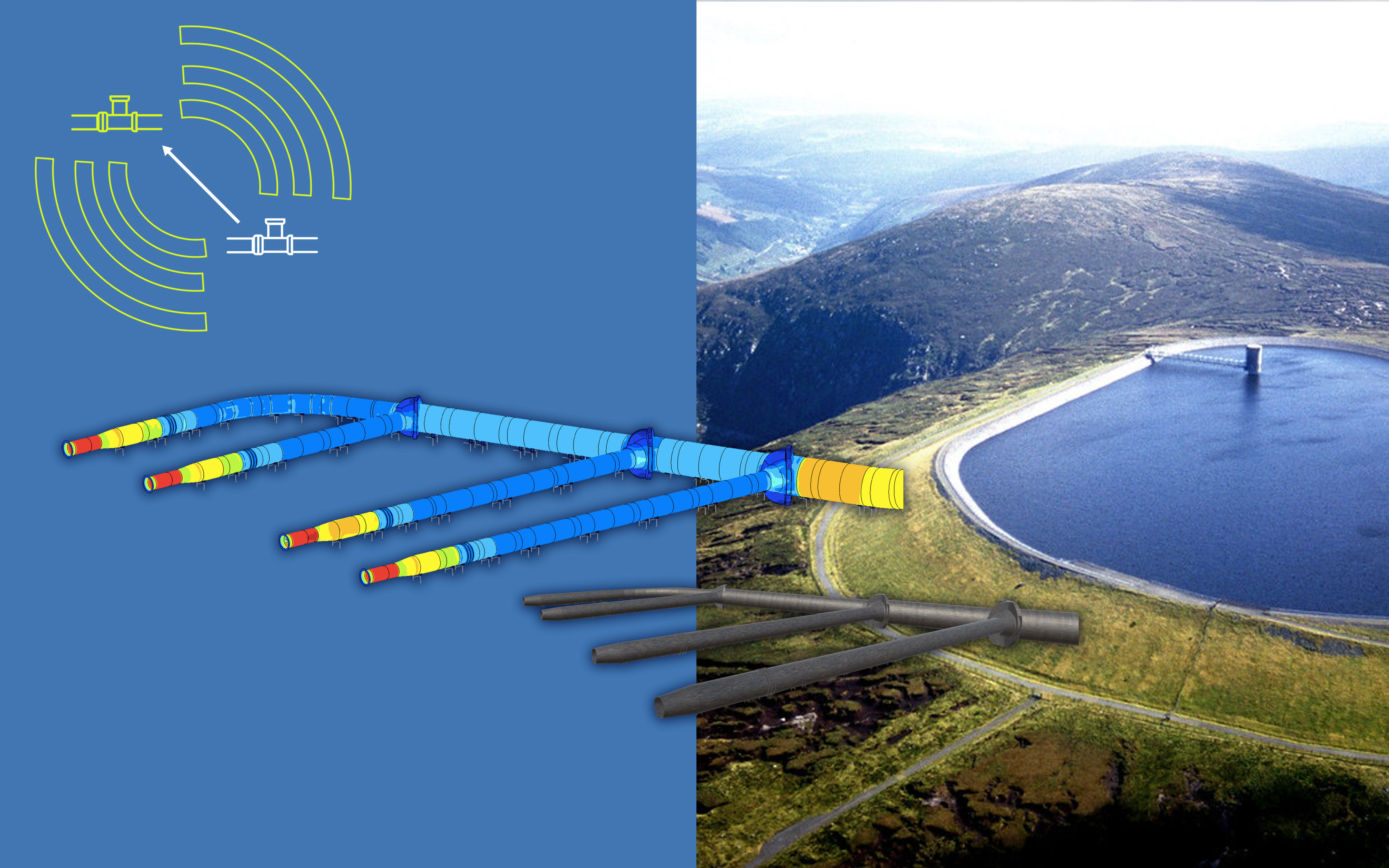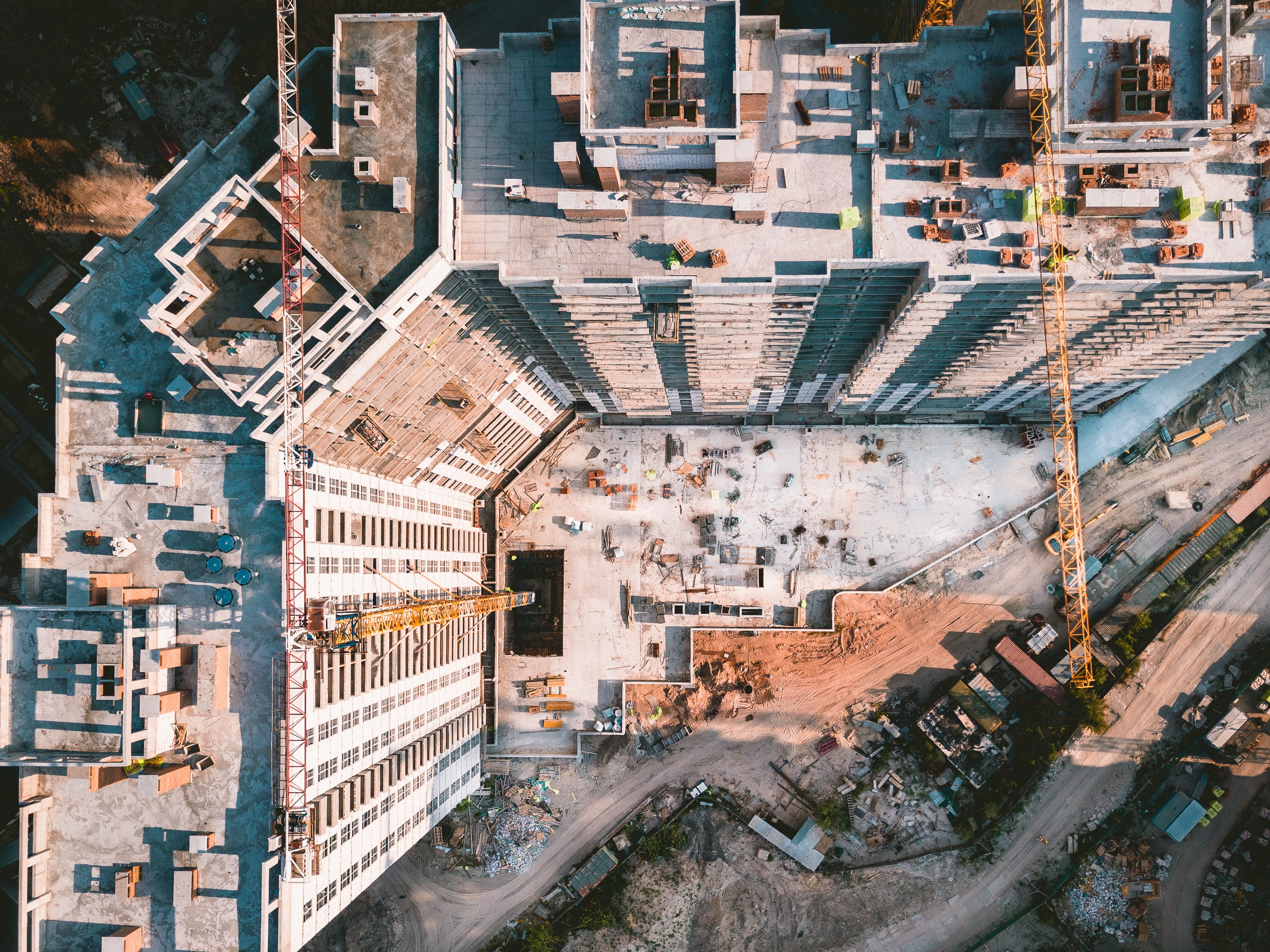Articles
Filter by
113 results found
Cities are at the forefront of the pandemic crisis and are key players in the fight to achieve net-zero emissions targets. The recovery choices they make today will set urban agendas for years to come.
Articles
Cities are at the forefront of the pandemic crisis and are key players in the fight to achieve net-zero emissions targets, but they lack funding for essential services and infrastructure. Examples from recent projects demonstrate ways to increase support from private investors.
Read time: 5 minutes
Published
20 Oct 2021
View article


Articles
With a USD3.7 trillion global infrastructure investment need that continues to widen, and government debt levels substantially higher than they were after the global financial crisis, recent infrastructure bond issuances offer valuable lessons.
Read time: 6 minutes
Published
15 Sep 2021
View article


Articles
As countries announce major infrastructure packages to stimulate their post-pandemic recovery, the sector faces two substantial and related challenges: climate change and a funding shortfall, writes Marie Lam-Frendo, Chief Executive Officer of the Global Infrastructure Hub.
Read time: 5 minutes
Published
30 Jul 2021
View article


Articles
Infrastructure projects are capital-intensive and emerging countries often rely on private investment to implement them. As projects generate revenues in local currency (usually escalated by local inflation), the mismatch between the revenues and the debt service in foreign currency represents a major risk. Without a reliable mechanism to properly mitigate the foreign exchange (FX) risk, relevant sources of potentially long-term and less expensive funding are not accessible. A deep assessment of the FX risk and the development of innovative mitigatory solutions is critical to amplify the offer of long-term credit facilities for infrastructure financing.
Read time: 4 minutes
Published
30 Jun 2021
View article


Articles
Institutional investors are facing growing calls for a stronger engagement in development, in particular for infrastructure, climate and social investments. The investment requirements for global sustainable development are huge. State budgets are already stretched in most emerging markets and developing countries (EMDE), with tax bases weakened and public debt piling up.
Read time: 5 minutes
Published
20 May 2021
View article


Articles
With signs of increasing international cooperation on climate change, including the Biden Administration’s commitment to halve America’s net greenhouse gas pollution by 2030, we may finally see new levels of momentum for transnational or cross-border renewable energy projects, which the United Nations has cited as required for the achievement of Sustainable Development Goal 7: Affordable and Clean Energy.
Read time: 5 minutes
Published
27 Apr 2021
View article


Articles
Infrastructure is one of the least technologically transformed sectors of the economy and there is a global consensus that our industry needs innovation to solve big challenges like the resilience of infrastructure during future pandemics, the rise of climate change, urbanisation, and an ageing population
Read time: 5 minutes
Published
15 Oct 2021
View article


Articles
The US Senate has passed the $1 trillion Infrastructure Investment and Jobs Act, the ‘historic’ bill promises vital investment in areas from roads, bridges and trains to broadband access and clean drinking water.
Read time: 7 minutes
Published
18 Aug 2021
View article


Articles
In 2018, the City of Nice in southern France signed a 25 year contract with IDEX to design, finance, realise, operate, and maintain a heating and cooling network as well as to implement a smart grid for energy efficiency. IDEX is implementing this project in the 500,000m2 Nice Meridia district, which is home to office space, retail, leisure, housing, schools, and a hospital.
Read time: 5 minutes
Published
14 Jul 2021
View article


Articles
In March 2021, the Global Infrastructure Hub (GI Hub) and Infrastructure Australia hosted the inaugural International Forum of Infrastructure Bodies (I-Bodies). The golden thread running throughout the forum was the pivotal role I-Bodies play in either strategic planning for infrastructure or funding and financing infrastructure in their jurisdictions.
Read time: 4 minutes
Published
15 Jun 2021
View article


Articles
In this blog, Svetlana and Roberto discuss the major cross-border projects currently being planned and delivered with Russia’s involvement, and the importance of comprehensive quality assessment in delivering these projects. Their discussion practically illustrates several elements of successful cross-border project delivery that are detailed in the GI Hub’s cross-border reference guide, Connectivity Across Border.
Read time: 8 minutes
Published
13 May 2021
View article


Articles
The urgent need for resilient infrastructure is widely acknowledged as pressure mounts on governments around the world to drive a post-pandemic recovery that embodies the promise of ‘building back better.’ Today, we look at what the pandemic has shown us about resilience in infrastructure and what resilient infrastructure might look like in the future.
Read time: 3 minutes
Published
09 Apr 2021
View article


Articles
In 2019, Irish electricity company ESB was seeking a solution to help them understand the structural health of its 47-year-old Turlough Hill pumped storage station, which generates up to 292MW into the Irish grid during peak demand periods and – as Ireland’s only pumped storage station – has a crucial role in the country’s ongoing transition to renewable energy grid stabilisation.
Read time: 6 minutes
Published
23 Sep 2021
View article


Articles
What role should an Infrastructure Commission play in Northern Ireland? Could it help build a pathway to net zero? And what signal would it give to the private sector? GI Hub speaks to Kirsty McManus and Richard Johnson of Northern Ireland's Ministerial Advisory Panel on Infrastructure for answers on these questions and more.
Read time: 7 minutes
Published
06 Aug 2021
View article


Articles
Delivering quality infrastructure will increasingly become a key priority for governments globally, requiring substantial investment from both the public and the private sectors.
Read time: 5 minutes
Published
09 Jul 2021
View article


Articles
Transparency International Australia is launching a new project to identify the loopholes that enable corruption to thrive in the infrastructure sector in the Asia-Pacific region.
The first step in this project is the development and testing of a new tool, to help understand corruption risks in transnational infrastructure projects in the Asia-Pacific region. The Infrastructure Corruption Risk Assessment Tool will help its users identify, assess and address corruption risks in the process of approving infrastructure projects.
The global demand for infrastructure, and many governments’ eagerness to facilitate large volumes of infrastructure spending, means this tool comes at a critical time. Many countries, including the UK, Australia and France, as well as countries in the Asia-Pacific, have responded to the economic downturn caused by the coronavirus pandemic with commitments to boost infrastructure spending. While this increased funding is welcome, it comes with an increased risk of corruption.
Read time: 6 minutes
Published
09 Jun 2021
View article


Articles
Latin American and the Caribbean (LAC) countries have a large, and increasing, infrastructure quantitative, qualitative and efficiency gap. The lack of sufficient physical assets, inadequate maintenance and poor service provision negatively impacts the quality of life of its population and the competitiveness of its economies.
Over the last three decades public investment remains low at less than 2% of GDP, half of what East Asia invests in infrastructure per year. During the COVID-19 economic crisis, although the need for increasing public investment has grown this hasn’t translated into reality. Historically public investment will not increase because the region is characterized by a bias against infrastructure assets in favor of current expenditures during economic crises. Additionally, investment in infrastructure in LAC is perceived as a risky proposition in times of fiscal imbalances and debt growth. The average fiscal package to mitigate the impacts of COVID-19 was 8.5% of GDP and deficits increased by an average of 5.3% of GDP in 2020, propelling the public debt from 58% of GDP in 2019 to 72% in 2020 and it could continue to rise to 76% in 2023. Preliminary estimates confirm that governments in LAC invested less than 1.5% of GDP in infrastructure in 2020, not a promising scenario for a major shift in public investment to close the regional infrastructure gap.
Read time: 6 minutes
Published
06 May 2021
View article


Articles
Meet three women leaders who are transforming infrastructure development in Latin America.
Read time: 4 minutes
Published
18 Mar 2021
View article





















